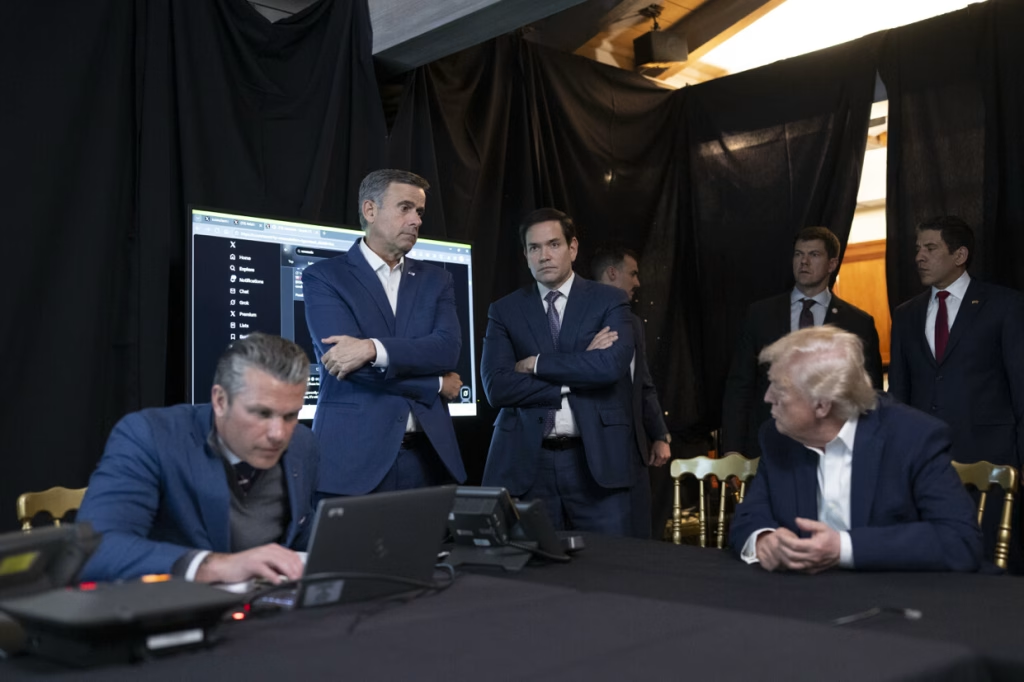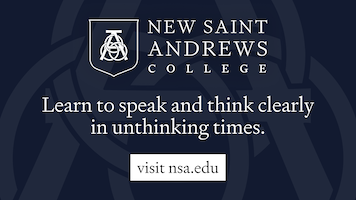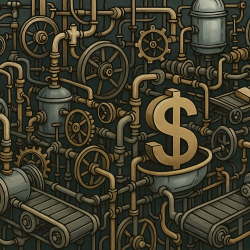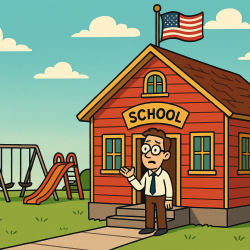As I’m sure you’ve recognized, many different organizations play the political game these days. Here in Idaho, various organizations give both their names and their money to candidates who represent their values. The firefighters union, the Farm Bureau, the Realtors association, and even the Fraternal Order of Police lay their reputations on the line in endorsing candidates who they hope will vote according to their interests.
I was curious about the effect of endorsements on this year’s Republican primary, so naturally I created a spreadsheet. I decided to use two powerful and outspoken organizations to represent the two ends of the Idaho GOP: On the moderate side is the Idaho Association of Commerce and Industry (IACI), which endorses candidates through its Idaho Prosperity Fund PAC, and on the conservative side is the Idaho Freedom PAC (IFPAC), which is closely associated with the Idaho Freedom Foundation (IFF).
IACI is an association of Idaho businesses that both lobbies the Legislature in the name of those businesses as well as supporting candidates that will support its interests. IACI has gained a reputation for being politically moderate, even liberal, as the Republican grassroots has grown skeptical of big businesses over the past decade. IACI endorsed several Democrats for the Legislature this year, perhaps showing how that shift is playing out.
IFF is a conservative public policy think tank as well as a state government watchdog. It publishes the Freedom Index, which rates bills according to conservative principles and then scores lawmakers based on how they vote on those bills. IFPAC tends to support candidates who score highly on the Freedom Index.
In my spreadsheet, I first narrowed my focus to contested races in the GOP primary. I eliminated those like in districts 2 and 14 that were unopposed. Of the contested races, IACI made endorsements in 42 while IFPAC endorsed 40. IACI-endorsed candidates won 26 of those races, for a winning percentage of 61.9%, while IFPAC-endorsed candidates won 19, for a percentage of 47.5%.
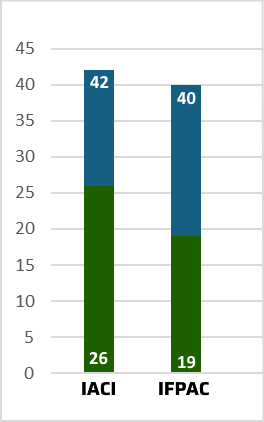
I narrowed my focus even more to contested races in which both IACI and IFPAC made endorsements. There were 35 legislative races in which IACI and IFPAC went head-to-head, so to speak. Of these, IACI-backed candidates won 19, for a winning percentage of 54.3%, and IFPAC candidates won 16, for a percentage of 45.7%.
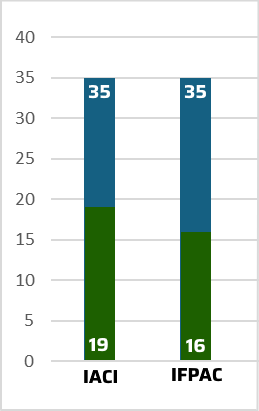
Based on raw numbers, it looks like IACI did better overall. However, I don’t think these numbers tell the whole story. IFPAC endorsed many candidates in eastern Idaho that ended up losing by double digits or more, which reduced its winning percentage. Meanwhile, in the races that saw incumbents go down in defeat, IFPAC dominated.
To that end, I took a closer look at those 35 races and divided them between holds, upsets, and open wins. For the purposes of this article, a “hold” is an incumbent victory, an “upset” is a challenger victory, and an “open win” is self explanatory.
IACI-backed candidates won four upsets in which they defeated IFPAC-backed incumbents, while IFPAC candidates won ten such upsets. IFPAC candidates also won the only two open races in which both organizations made endorsements — Brandon Shippy defeated Scott Syme in district 9 while Lucas Cayler defeated Sarah Chaney in district 11.
That gives IFPAC a net advantage of +8 in races in which the incumbent either lost or did not run for reelection. IACI held 15 seats, while IFPAC held only 4, which is reflective of the fact that most of IACI’s endorsements went to incumbents while IFPAC supported more challengers. 25 of IACI’s endorsements in the head-to-head races I examined were for incumbents.
Conservative candidates have won huge victories in the last two primary elections. IFPAC and other conservative organizations are clearly on the offensive, while IACI and its allies are falling back on the defensive. This is great news for conservative voters. Liberty is on the march in Idaho!
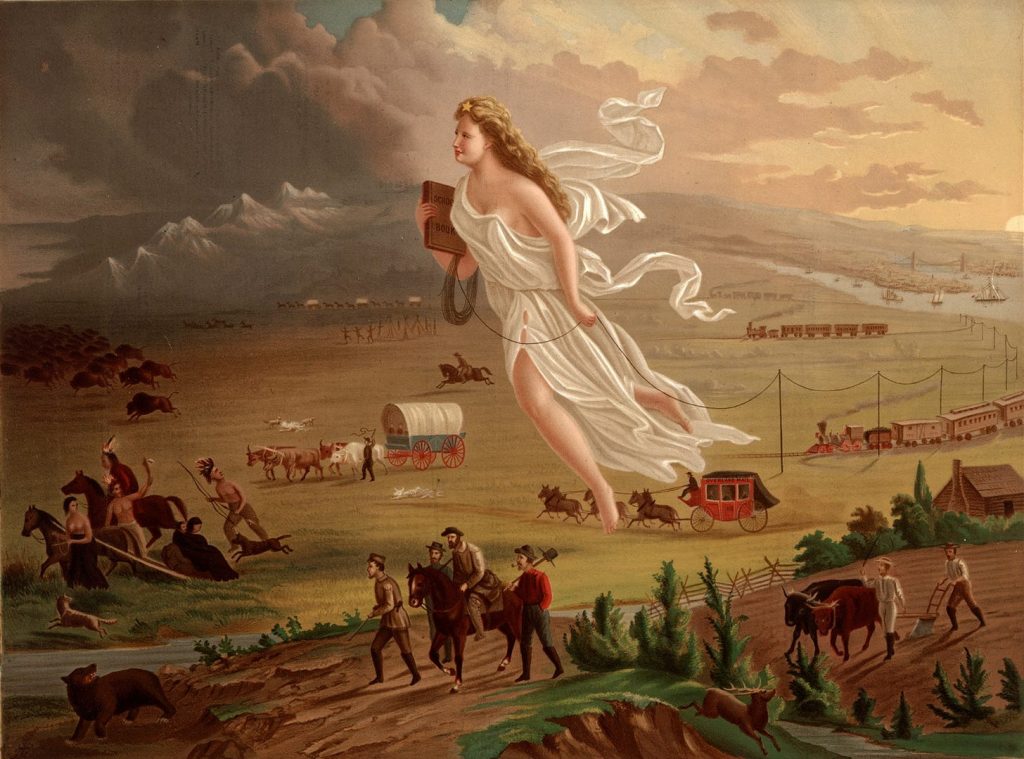
Six of IFPAC’s ten upset wins came in just three districts. IFPAC-endorsed challengers swept out the incumbents in district 8, while IFPAC supported three of the victorious challengers in the Magic Valley (districts 24 and 25) as well as incumbent Sen. Glenneda Zuiderveld, who defeated her IACI-backed challenger Alex Caval.
One of IACI’s four upsets came about in district 30, where Ben Fuhriman defeated Rep. Julianne Young by only two votes.
Young was the only incumbent to be endorsed by IFPAC with a Freedom Index score lower than 80%. On the other side, IACI endorsed both Speaker Mike Moyle despite scoring just 46 on its own scorecard. In both cases this was likely political gamesmanship, as Young is considered one of the few solid conservatives in eastern Idaho, while Moyle was attempting to hold his seat (and his speakership) against a conservative challenger in Rachel Hazelip.
I’ve been talking about IACI and IFPAC as if they are evenly-balanced competitors, and that view is borne out by the numbers. However, when it comes to cash flow, this is truly a story of David versus Goliath. According to Idaho Sunshine, IACI’s Idaho Prosperity Fund raised more than $160,000 in 2024, spending $165,607 on independent expenditures and another $102,278 on direct donations and other expenses. Meanwhile, IFPAC raised just over $17,000, spending slightly more than that on independent expenditures and only $1,124 on other expenses.
If we just go by independent expenditures, IACI spent an average of $6,370 for each of its 26 victories in contested primary races, while IFPAC averaged $912 for each of its 19 wins.
Obviously there are other groups that played the primary political game this year. Gov. Brad Little’s Idaho Victory Fund spent nearly $750,000 this year, while the Friends of Brad Little spent nearly $600,000. Citizens Alliance of Idaho spent over $400,000 promoting conservative candidates. Nevertheless, the fact that IFPAC was able to stand toe-to-toe with Idaho’s powerful business lobby on just a shoestring budget demonstrates the power of conservative principles.
Imagine what it, or other conservative groups, could do with more money. There is always big money to be found for leftist or pro-business causes, but when it comes to protecting individual liberty and reining in government expansion, cash seems to become suddenly scarce.
If you want to make a difference in politics, you have to put your money where your heart is. If you’re looking for conservative organizations or news outlets to support, check out the list I’ve compiled right here at the Gem State Chronicle. On the menu bar (hidden under the three lines icon on mobile), click organizations or outletsto see who is doing the work of keeping our state free.
And, of course, there is the Gem State Chronicle itself. My goal is to bring you news and analysis that empowers you to make a difference in our state, but I can’t do it without you. What will the future hold for the Chronicle? If God and the people of Idaho will it, I’d like to bring on some contract writers and expand our coverage of politics in the Gem State. I’d love to make the Idaho Statesman obsolete, and I appreciate everyone who has supported me thus far. It’s been one year since I made the decision to jump without a net, to take a leap of faith into full time freelance writing. I’m still here, and I hope to be for many years to come.
Paid subscribers, click over to Substack for a special bonus note! Not subscribed? Sign up for free to receive daily posts in your inbox, or support the work I do to share important news and analysis.
About Brian Almon
Brian Almon is the Editor of the Gem State Chronicle. He also serves as Chairman of the District 14 Republican Party and is a trustee of the Eagle Public Library Board. He lives with his wife and five children in Eagle.




